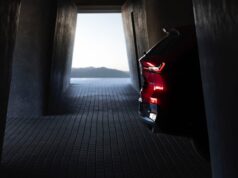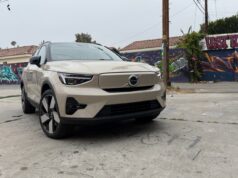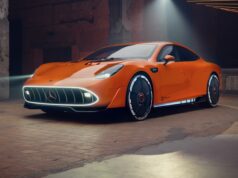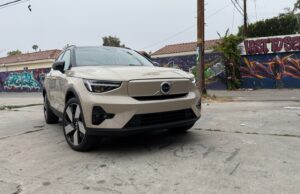Porsche has released a batch of new photos of the 918 Spyder and officially confirmed the specs for the hybrid supercar.
Porsche has released a batch of new photos of the 918 Spyder and officially confirmed the specs for the hybrid supercar. The 918 Spyder has been designed, developed and produced by Porsche engineers who build race cars, in cooperation with series production specialists. A great deal of insight gained from the development of Porsche race cars for the 24 hours race in Le Mans in 2014 is thus integrated into the 918 Spyder – and vice versa. The 918 Spyder will also act as the gene pool for the Porsche sports cars of the future.
The 918 Spyder is powered by a hybrid powertrain that mates a 4.6L V8 engine to two electric motors. The 4.6L V8 generates a total 600 horsepower and can rev up to 9,150 rpm. The hybrid module on the rear axle adds an additional 154 horsepower and another electric motor on the front axle contributes 127 horsepower. In total the 918 Spyder’s powertrain generates a total 887 horsepower. The 918 Spyder will reach 0-62 mph in 2.8 seconds. In pure electric mode it reaches 0-62 mph in 7 seconds and can travel up to 18 miles.
The V8 engine is coupled to the hybrid module, since the 918 Spyder is designed as a parallel hybrid like the current hybrid models from Porsche. Essentially, the hybrid module comprises a 115 kW electric motor and a decoupler that serves as the connection with the combustion engine. Because of its parallel hybrid configuration, the 918 Spyder can be powered at the rear axle either individually by the combustion engine or electric motor or via both drives jointly. As is typical for a Porsche super sports car, the power pack in the 918 Spyder has been placed in front of the rear axle, and does not have any direct mechanical connection to the front axle. A seven-speed Doppelkupplung (PDK) transmission handles power transmission to the rear axle.
On the front axle, there is another independent electric motor with an output of approximately 95 kW. The front electric drive unit drives the wheels at a fixed ratio. A decoupler decouples the electric motor at high speeds to prevent the motor from over-revving. Drive torque is independently controlled for each axle. This makes for very responsive all-wheel drive functionality that offers great potential in terms of traction and driving dynamics.
The Porsche 918 Spyder features five operating modes that can be activated via a “map switch” on the steering wheel: E-Power, Hybrid, Sport Hybrid, Race Hybrid and Hot Lap.
The electric energy for the electric motors is stored by a liquid-cooled lithium-ion battery comprising 312 individual cells with an energy content of about seven kilowatt hours. To supply it with energy, Porsche developed a new system with a plug-in vehicle charge port and improved recuperation potential. This vehicle charge port in the B-pillar on the front passenger side lets users connect the storage battery to an electrical supply at home to charge it.
Using the supplied Porsche Universal Charger (AC), the traction battery can be charged with a conventional wall plug in seven hours. The Porsche Universal Charger (AC) can be installed at home in the garage using the Charging Dock. It enables rapid and convenient charging within approximately two hours, irrespective of regional conditions. The Porsche Speed Charging Station (DC) is available as an optional extra. It can fully charge the high-voltage battery of the 918 Spyder in just 25 minutes.














